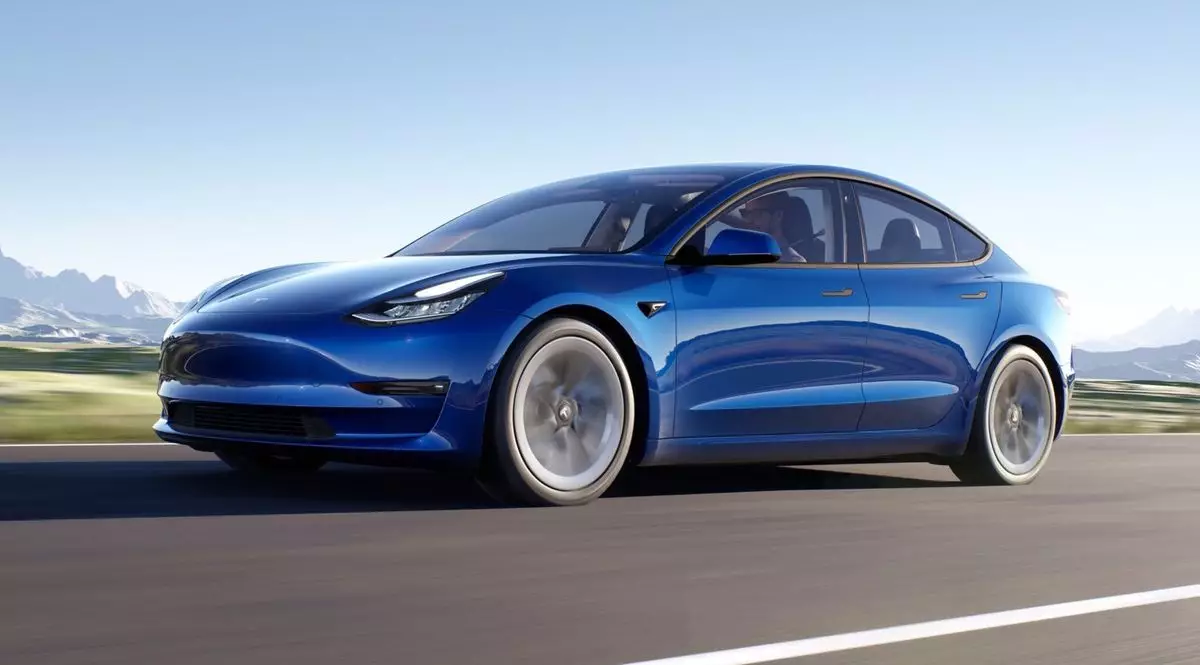The electric vehicle (EV) industry has seen a colossal surge in interest and rapid innovation, with Tesla often leading discussions about the future of autonomous driving. However, recent remarks by Tesla CEO Elon Musk have cast a shadow over the anticipated advancement of the company’s Full Self-Driving (FSD) capabilities. Historically, Musk has promised breakthroughs in FSD technology on an almost annual basis, only to have these promises slip further into the future. The latest developments suggest that the timeline for achieving truly autonomous driving might be even more uncertain than previously thought.
For years, Musk has touted the potential of Tesla’s self-driving technology, claiming that enhancements would soon allow for levels of autonomy that would render human intervention unnecessary. The expectation among Tesla owners was that with hardware updates—specifically, the introduction of the third generation of self-driving computers (HW3)—their vehicles would seamlessly transition into fully autonomous machines. In the context of autonomous vehicle classifications, Level 4 denotes vehicles that can operate without human intervention in defined areas, while Level 5 represents the ultimate form of automation, allowing cars to navigate any environment without driver oversight.
Musk’s recent comments, expressing doubt about HW3’s safety level for unsupervised FSD, signal a significant shift in the company’s trajectory regarding self-driving technology. He acknowledged during a financial conference call, “we don’t actually know the answer” about HW3’s capabilities and its path toward true autonomy. This admission has left many questioning the reliability and future of the technology that Tesla has been promoting for years.
A glimmer of hope emerged when Musk indicated that Tesla owners equipped with HW3 could expect a complimentary upgrade to the latest HW4 self-driving computer architecture, which was unveiled last year. HW4 is touted to significantly outperform its predecessor, boasting enhanced capabilities that could streamline the quest for full autonomy. Musk asserted that “HW4 has several times the capability of HW3,” which raises crucial questions for the existing fleet of Teslas on the road.
However, the story does not end here. Industry analysts have articulated serious doubts about whether the retrofitting of HW4 into existing Tesla models is practical. HW4’s distinct hardware requirements—including new power and camera harnesses, as well as alternative physical dimensions—could mean that a simple swap is not feasible. The notion of a custom-engineered HW4 variant designed for retrofit applications seems to be the only method to enable existing vehicles to upgrade, but even this is surrounded by uncertainty.
Additionally, while HW3’s camera systems are labeled as “capable” by Musk, HW4’s camera technology promises breakthroughs in resolution and performance, particularly in low-light environments. The challenges inherent in completing such a hardware overhaul—replacing eight cameras and the central computer—could prove daunting, if not impossible, for Tesla’s current vehicles.
As it stands, Tesla’s journey towards achieving full autonomy has been marked by a series of missteps and overpromises, leading to growing skepticism not only among potential consumers but also within the tech and automotive industries. The ideal of fully autonomous driving, which once seemed imminent, has become akin to the mirage of an Nvidia GPU priced within reach—exciting but consistently elusive.
Though Musk’s optimism about HW4 may signify progress, the question remains whether this latest hardware will fulfill the ambitious promises made time and again about self-driving technology. With unresolved issues regarding both hardware integration and the capacity for FSD, it appears that the path to full autonomy for Tesla vehicles is still riddled with uncertainty. As Tesla continues to work through these challenges, the expectation now shifts from imminent solutions to a cautious re-evaluation of timelines and capabilities.
While adversities remain, the evolution of self-driving technology is not a question of if, but rather of when and how effectively these advancements will materialize. As Tesla moves forward, stakeholders and consumers alike should prepare for a lengthy, complex road ahead in the pursuit of true automotive autonomy.


Leave a Reply